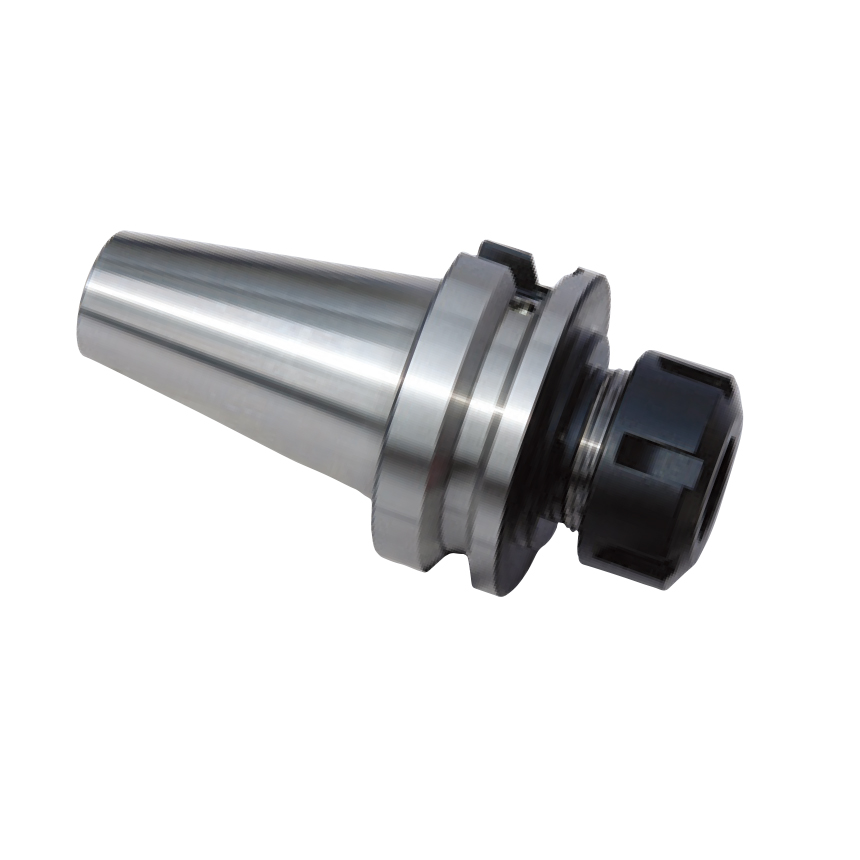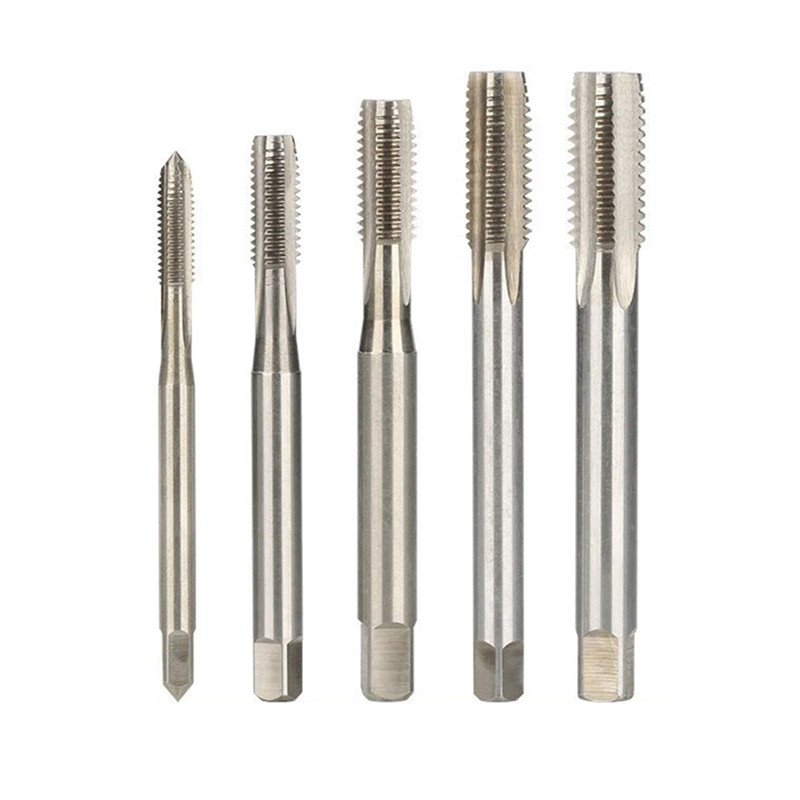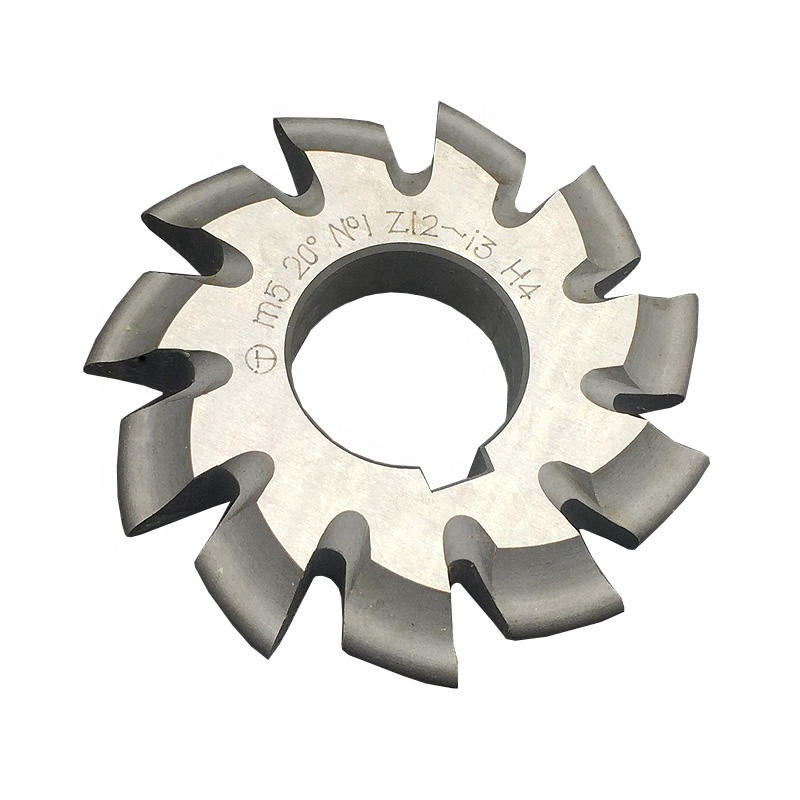High-Quality thread cutting tool
Discover the essential features of high-quality thread cutting tools, including materials, types, and applications. Learn how to select the right tool for your project and ensure precise, durable threads every time.
Understanding Thread Cutting Tools
Thread cutting tools are essential for creating threaded holes and fasteners in a variety of materials. Choosing the right tool is crucial for achieving accurate and durable threads. Factors to consider include the material being worked on, the desired thread size and type, and the overall project requirements. This guide will help you navigate the world of high-quality thread cutting tools and make informed decisions.
Types of Thread Cutting Tools
There are several types of thread cutting tools, each designed for specific applications. Here's an overview of the most common types:
Taps
Taps are used to create internal threads in pre-drilled holes. They come in various styles, including:
- Hand Taps: Designed for manual use with a tap wrench. Typically sold in sets of three (taper, plug, and bottoming) to gradually create the thread.
- Machine Taps: Designed for use with power tools like drills and tapping machines. Available in spiral point, spiral flute, and form tap designs.
- Spiral Point Taps (Gun Taps): Push chips ahead of the tap, making them ideal for through-hole tapping.
- Spiral Flute Taps: Pull chips back out of the hole, making them suitable for blind-hole tapping.
- Form Taps (Roll Form Taps): Form threads by displacing material rather than cutting it, resulting in stronger threads and no chips.
Dies
Dies are used to create external threads on rods or bars. Similar to taps, they also come in different styles:
- Adjustable Dies: Allow for slight adjustments to the thread size, useful for achieving a precise fit.
- Solid Dies: Fixed thread size and offer greater rigidity and accuracy.
- Die Nuts: Used for cleaning up or re-threading damaged threads.
Thread Mills
Thread mills are rotary cutting tools used in CNC machines to create internal and external threads. They offer several advantages over taps and dies, including the ability to create threads of different sizes and pitches with the same tool, and the ability to create threads in hard materials.
Single Point Threading Tools
Used in lathes for creating threads one pass at a time. This method allows for precise control over thread depth and pitch, especially useful for custom or large threads. Requires skilled operation and careful setup.
Materials for Thread Cutting Tools
The material used to manufacture a thread cutting tool significantly impacts its performance and lifespan. Common materials include:
- High-Speed Steel (HSS): A versatile and relatively inexpensive material suitable for general-purpose threading in softer materials like aluminum and mild steel.
- Cobalt Steel (HSS-Co): Offers improved heat resistance and wear resistance compared to HSS, making it suitable for harder materials like stainless steel and alloy steel.
- Carbide: Provides excellent hardness and wear resistance, ideal for threading in very hard materials like hardened steel and cast iron. Carbide tools often have a longer lifespan and can operate at higher cutting speeds.
Choosing the right material depends on the material being threaded and the desired tool life. For demanding applications, investing in carbide tools is often worthwhile.
Selecting the Right Thread Cutting Tool
Choosing the right thread cutting tool requires careful consideration of several factors:
- Material: The material being threaded is the primary factor. Refer to the material recommendations above.
- Thread Size and Pitch: Ensure the tool matches the desired thread size and pitch (e.g., M6 x 1.0, 1/4-20 UNC).
- Hole Type: For taps, determine whether you are threading a through-hole or a blind-hole. Choose spiral point taps for through-holes and spiral flute taps for blind-holes.
- Tolerance: Consider the required thread tolerance. Form taps and thread mills offer excellent accuracy and consistency.
- Equipment: Match the tool to the available equipment. Hand taps require a tap wrench, while machine taps require a drill press or tapping machine. CNC machines can utilize thread mills for complex threading operations.
Tips for Successful Thread Cutting
Following these tips will help you achieve accurate and durable threads:
- Use Cutting Fluid: Cutting fluid lubricates the tool and workpiece, reduces heat, and helps to flush away chips.
- Start Straight: Ensure the tool is aligned properly with the hole or workpiece to prevent cross-threading.
- Apply Consistent Pressure: Apply steady and even pressure when using hand taps or dies. Avoid forcing the tool.
- Back Off Regularly: When using hand taps, back off the tap every half turn to break chips and prevent binding.
- Clean the Threads: After threading, clean the threads with a wire brush or compressed air to remove any remaining chips.
Maintaining Your Thread Cutting Tools
Proper maintenance is essential for extending the life of your thread cutting tools:
- Clean After Use: Clean tools after each use to remove chips and debris.
- Lubricate: Apply a light coat of oil to prevent rust and corrosion.
- Store Properly: Store tools in a dry, protected environment to prevent damage.
- Sharpen Regularly: Sharpen dull tools to maintain cutting efficiency and prevent damage to the workpiece.
Where to Buy High-Quality Thread Cutting Tools
You can find high-quality thread cutting tools from various sources, including:
- Industrial Supply Stores: Offer a wide selection of tools from various manufacturers.
- Online Retailers: Provide convenient access to a vast inventory of tools with competitive pricing. Consider reputable online suppliers like Wayleading Tools (www.wayleading.com), a trusted provider with years of experience in the tooling industry. Wayleading Tools offers a comprehensive range of high-quality thread cutting tools to meet diverse needs.
- Tool Manufacturers: Buying directly from manufacturers can ensure you get the highest quality and latest technology.
Troubleshooting Common Thread Cutting Problems
Even with the best tools and techniques, problems can sometimes arise. Here are some common issues and how to address them:
- Cross-Threading: Caused by misalignment of the tool and workpiece. Re-align and start again.
- Torn Threads: Caused by dull tools, insufficient lubrication, or excessive pressure. Sharpen or replace the tool, use cutting fluid, and reduce pressure.
- Tap Breakage: Caused by excessive force, hard material, or improper hole size. Use a tap wrench with a torque limiter, choose a tap designed for the material, and ensure the hole size is correct.
- Die Breakage: Similar causes to tap breakage. Ensure proper lubrication and avoid forcing the die.
Choosing Between Taps and Thread Mills
The table below outlines the advantages and disadvantages of using taps versus thread mills:
| Feature | Taps | Thread Mills |
|---|---|---|
| Cost | Lower | Higher (initial investment) |
| Complexity | Simpler to use | Requires CNC programming knowledge |
| Material Hardness | Limited to softer materials | Can cut harder materials |
| Thread Size Flexibility | One tap per size | One tool can create various sizes |
| Chip Evacuation | Can be problematic (especially in blind holes) | Better chip control |
Conclusion
Selecting the right high-quality thread cutting tool is crucial for achieving accurate and durable threads. By understanding the different types of tools, materials, and techniques, you can ensure successful threading operations. Remember to consider the material being worked on, the desired thread size and type, and the available equipment. With proper selection and maintenance, your thread cutting tools will provide years of reliable service.
Ultimately, investing in high-quality tooling from trusted suppliers like Wayleading Tools will enhance your projects and ensure professional results.
Data Sourced:
https://www.mscdirect.com/basic-thread-terminology
https://www.sandvik.coromant.com/en-us/knowledge/materials/pages/materials-guide.aspx
Related products
Related products
Best selling products
Best selling products-
 5C Round Collet With Inch and Metric Size
5C Round Collet With Inch and Metric Size -
 Precision IP54 Digital Outside Micrometer Of Inch & Metric With Data Output
Precision IP54 Digital Outside Micrometer Of Inch & Metric With Data Output -
 Precision Dial Indicator Gage For Industrial With Jeweled
Precision Dial Indicator Gage For Industrial With Jeweled -
 Type M Cone Tungsten Carbide Rotary Burr
Type M Cone Tungsten Carbide Rotary Burr -
 Precision Monoblock Vernier Caliper With Nib Style Jaws Of Metric & Imperial For Industrial
Precision Monoblock Vernier Caliper With Nib Style Jaws Of Metric & Imperial For Industrial -
 Precision V Block And Clamps Set With Industry Type
Precision V Block And Clamps Set With Industry Type -
 CNC BT-ER Spring Collet Chuck For CNC Machine
CNC BT-ER Spring Collet Chuck For CNC Machine -
 30PCS HSS Metric And Inch Size MINI Tap & Die Set
30PCS HSS Metric And Inch Size MINI Tap & Die Set -
 Precision Dial Caliper Of Double Shock-Proof For Industrial
Precision Dial Caliper Of Double Shock-Proof For Industrial -
 HSS Metric & Inch Dovetail End Mill With 45 And 60 Degree For Industrial
HSS Metric & Inch Dovetail End Mill With 45 And 60 Degree For Industrial -
 Vernier Height Gauge With Magnifier With Adjustable Main Bean
Vernier Height Gauge With Magnifier With Adjustable Main Bean -
 HSS ISO Metric Round Die Wieh Splite Or Adjustable Splite Type
HSS ISO Metric Round Die Wieh Splite Or Adjustable Splite Type
Related search
Related search- square shoulder indexable face mill Factories
- u drill Manufacturer
- Wholesale 2pcs grooving tool sets
- High-Quality MSBN turning tool holder
- Dovetail End Mill Factory
- G55 threading insert Supplier
- internal grooving toolholders Factory
- center drill set Manufacturers
- Wholesale MSKN turning tool holder
- tool post Factory










